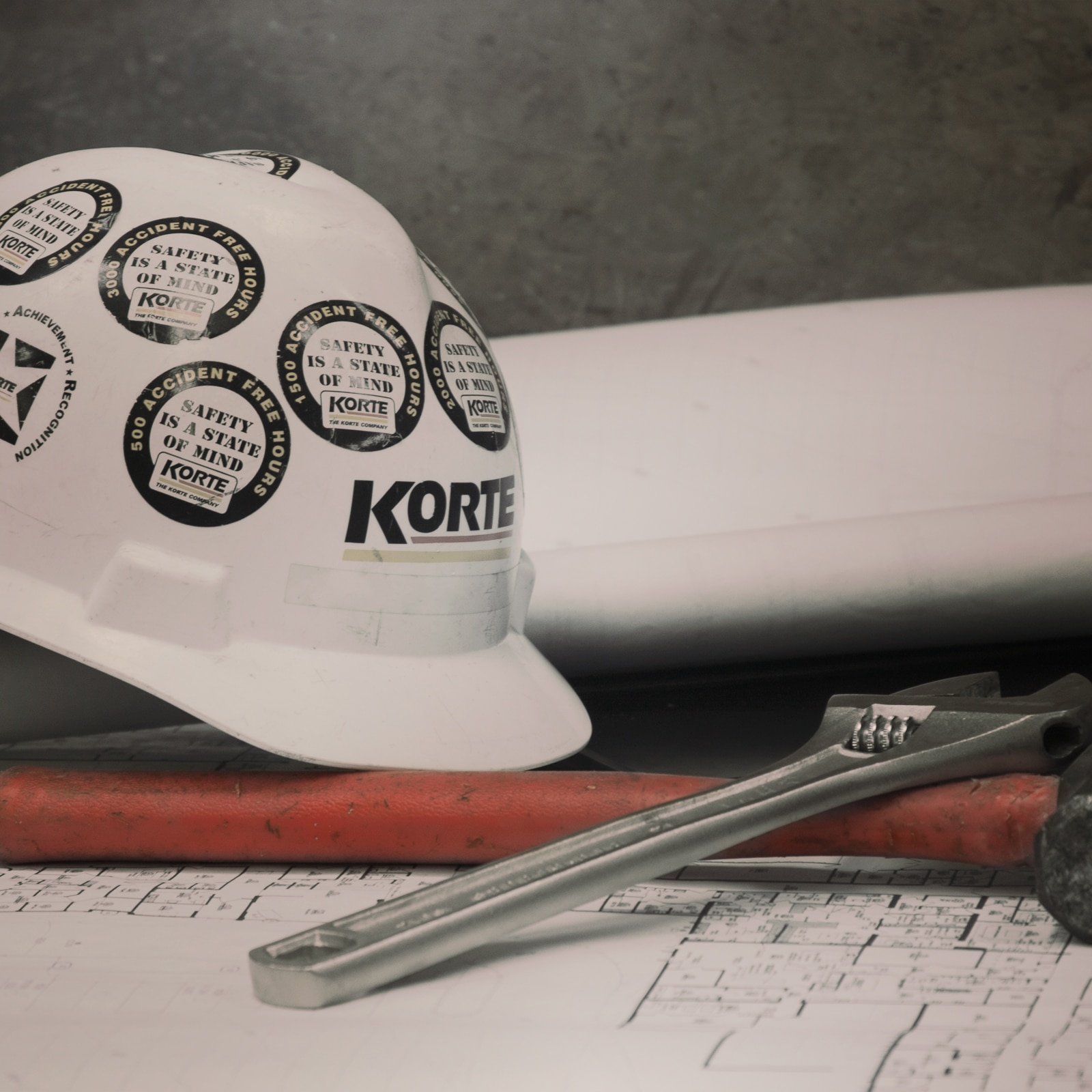Historical Background
Dating back to the Roman Empire (as early as between 125 and 135 A.D.), the Romans had replaced their traditional lime mortar for a new mineral found on the slopes of Mount Vesuvius.
This new agent, bearing silica and alumina, created a kind of cement that hardened underwater or in air when burned with limestone. This cement had the same properties and essential ingredients as Portland cement, patented in 1824 by the British Joseph Aspdin.
This cement is named for the English Portland limestone, a key ingredient. In the 1850s, several people (such as the French J.L. Lambot and the American Thaddeus Hyatt) simultaneously devised the technique of reinforced concrete, but it was the French gardener, Joseph Monier, who truly mastered the technique with his patent for reinforced concrete flowerpots in 1867. Finally, in the 1920s, Eugene Freyssinet established the scientific basis for the design of prestressed concrete structures.
Cement and Concrete
Concrete is a rocklike material produced by mixing coarse and fine aggregates (Portland cement, and water) and allowing the mixture to harden. Portland cement may also be manufactured from any number of raw materials, provided that they are combined to yield the necessary amount of lime, iron, silica, and alumina.
The quality of cement is established by ASTM C150, which identifies 8 different types of Portland cement:
- Type I: Normal
- Type IA: Normal, air-entraining
- Type II: Moderate resistance to sulfate attack
- Type IIA: Moderate resistance, air-entraining
- Type III: High early strength
- Type IIIA: High early strength, air-entraining
- Type IV: Low heat of hydration
- Type V: High resistance to sulfate attack
All types of air-entraining cements owe their name to the bubbles that form in the concrete during mixing. These bubbles give improved workability during placing of the concrete, and greatly increase the resistance of the cured concrete.
Uses of Cement by Type
Type I is used for most purposes in construction. Types II and V are used in constructions where the cement will be in contact with heavy amounts of sulfates. Type III is preferred during cold weather conditions because it has a reduced curing period. Type IV is preferred in the construction of massive structures such as dams, in which is important to control heat transmission during the concrete curing process. All air-entrained concrete is commonly used in roadways and exposed architectural structures in cold climates.
Reference: Allen, Edward. (1999). Fundamentals of Building Construction: Materials and Methods. 3rd Edition. Chapter 13: Concrete Construction. P. 437-469.
